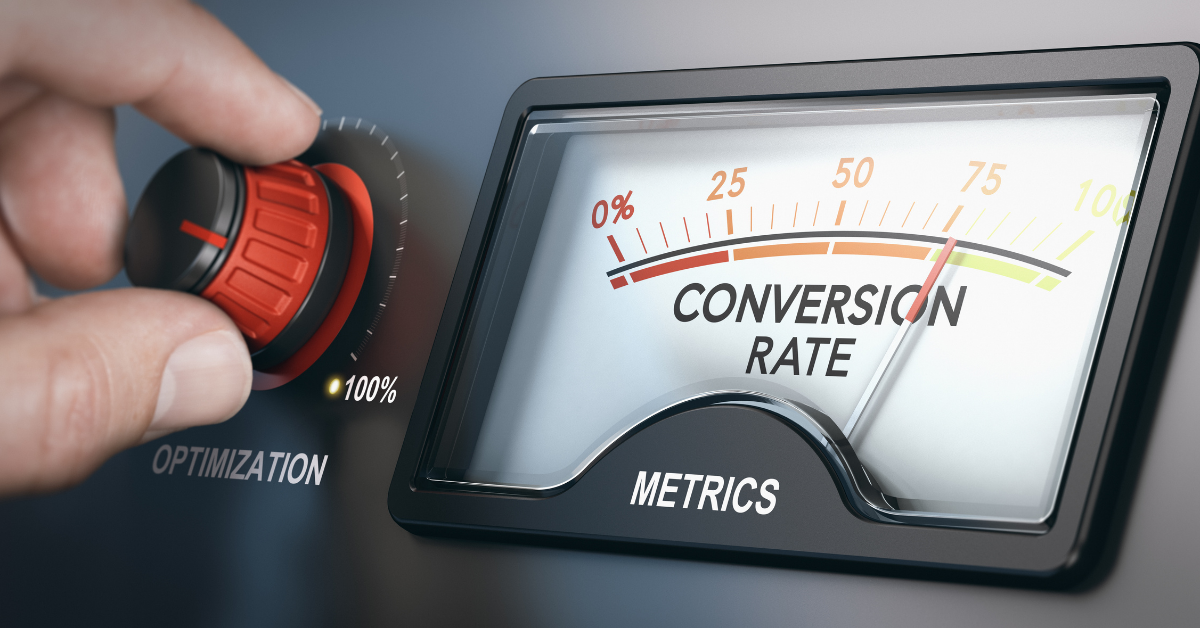Think of this! You have a website and you offer great products but people are not getting on board. What do you need to do? A digital marketing speaker Hong Kong suggests that you need to find ways to optimize your conversion rate, especially after the COVID pandemic where people shifted from buying physical stores into digital shopping. There are lots of ways you can boost your sales. We’ve got you covered here!
WHAT IS A CONVERSION RATE?
A conversion rate is a measure of how good your marketing is by getting people to do what you want them to do. The higher your conversion rate is, the better your marketing strategy works. To calculate your conversion rate, you need to get the percentage of people who visited your landing page, social media pages, and website over those who got converted. A social media agency Hong Kong lists the actions of those who get converted as follow:
- Make a purchase
- Submit a form (contact form, lead gen, etc.)
- Call your business
- Engage with online chat
- Sign up for a subscription (paid or free)
- Register on the site
- Download something app (eBook, mobile app, software trial, etc.)
- Use something (upgrade feature on your app or software, use your app or software for a certain amount of time)
- Engage with your site in some way (number of pages visited, repeat visits, time on site)
There are other conversion actions people can take on. The most important conversion is getting website visitors to purchase your products and services and become your loyal customers.
OPTIMIZING CONVERSION RATES AFTER THE COVID PANDEMIC
Conversion rate optimization (CRO) is the process of knowing what your audience needs for them to take action on your landing page, social media pages, and website. It involves A/B testing, content marketing, social media, and a lot more. The COVID pandemic has significantly boosted online shopping. To help brands and businesses in optimizing conversion rates after the COVID pandemic, here are some best practices.
Test Different Elements on Your Landing or Product Pages
Unlike SEO, conversion rate optimization means experimenting with different elements on your website’s landing and product pages. CRO relies on ideal customers. Ideal customers have varied interests and preferences. Some may like to read educational articles to get to learn about your products before buying them. Others may love to see images of the product to feel their beauty and dimensions. Others may be fond of videos to get to know the brand or product story. According to a video marketing agency Hong Kong, social videos have 1200% more conversion than images and text.
Perform A/B Testing
Most social media pages provide a/B testing tools to optimize conversion rates. Take advantage of these tools to know which ads and campaigns work best. A/B testing means running different versions of an ad by separating your target audiences into two random groups. In this way, marketers can identify which type of ads result in higher conversions. If you have a website that invites a lot of traffic, you can also perform A/B tests on different pages. Using Google Optimize, you don’t need design skills or technical knowledge to perform this kind of test. An editor helps you create altered versions of your pages through an easy click-and-remove step. This will help you see the efficacy of each element once you add and remove them from a page.
Decide the Time Frame for your A/B Test
Brands and businesses should decide a time frame for every A/B testing. The recommended time frame on how long you should run an A/B test is around 7 to 15 days. In this way, you are giving enough time for decent traffic to see the variation of pages during your A/B test. At the same time, you can observe and learn something new about your audiences. Here’s a simple example: If you decide to remove the product price on a test page and observe that your sales have crashed, this means that your audience needs to see the product price before making a purchase. Yet, it doesn’t mean showing the price on the same spot. You can move them below the product description or higher up to increase conversion.
Always Do an A/B Test to Optimize Conversion Rates
There is no permanent thing in this world but “change.” Marketing is continuously evolving and your target audiences’ behavior is constantly shifting. As your brand continues to grow, as you gain new prospects, and as you launch new products, A/B testing should always be your guide in making marketing decisions. This is to ensure that your content is getting the maximum conversion.
The Bottom Line
Only 25% of businesses today are satisfied with their conversion rates. The average conversion rate among marketers is 2-5%, but this is what most businesses want. A good conversion rate is above 10%, but to achieve such a goal, you should follow the abovementioned best practices.
Reference: https://www.socialmediaexaminer.com/conversion-rate-optimization-in-post-covid-world/
